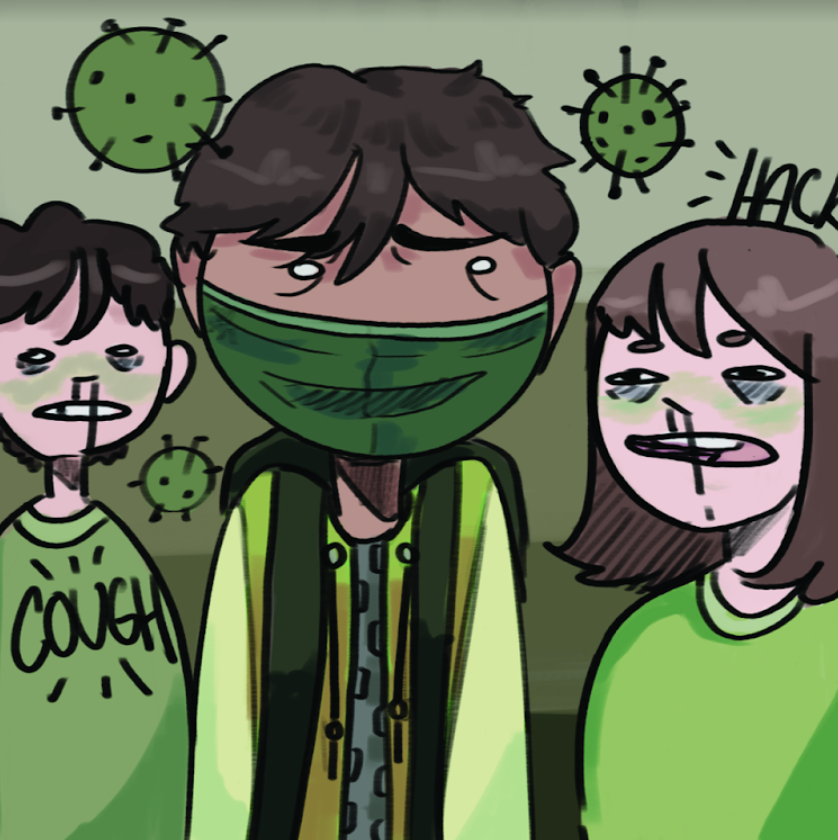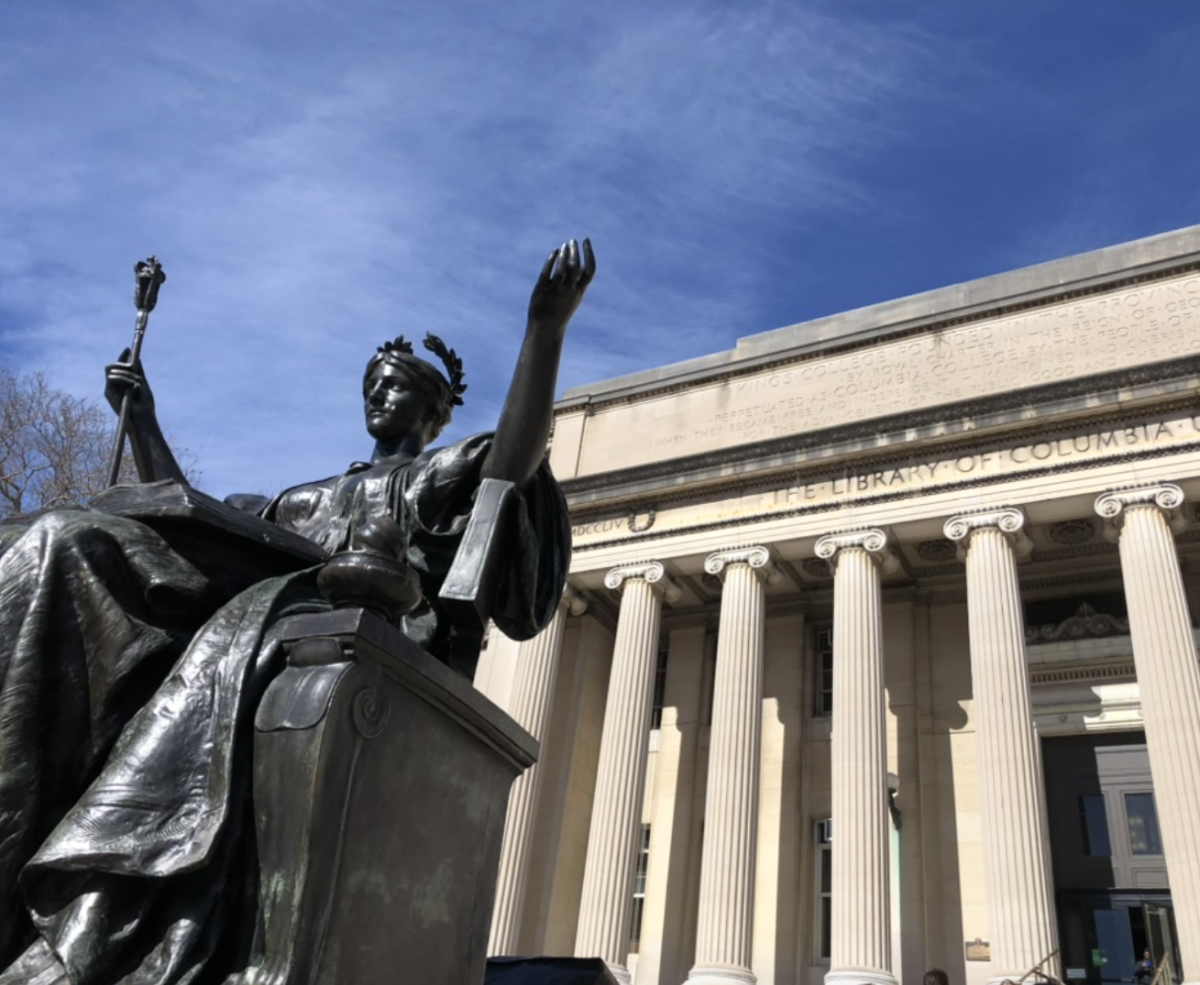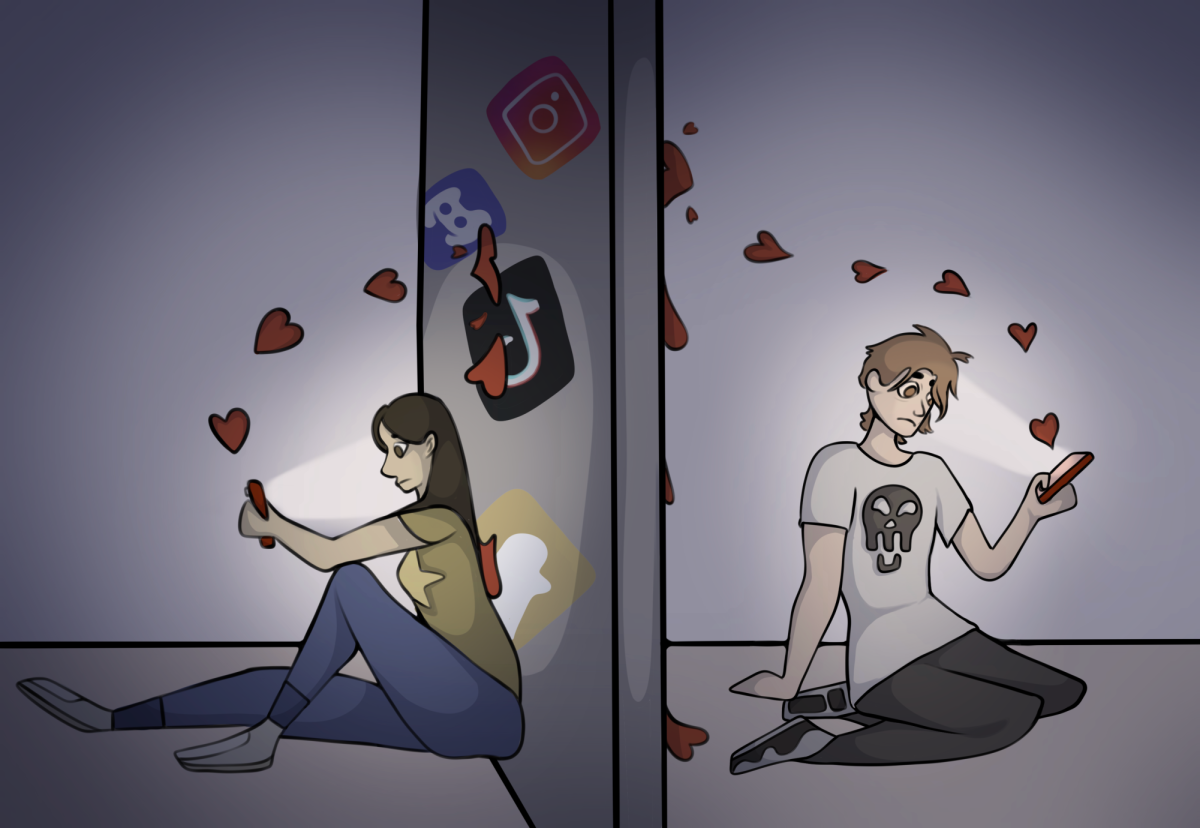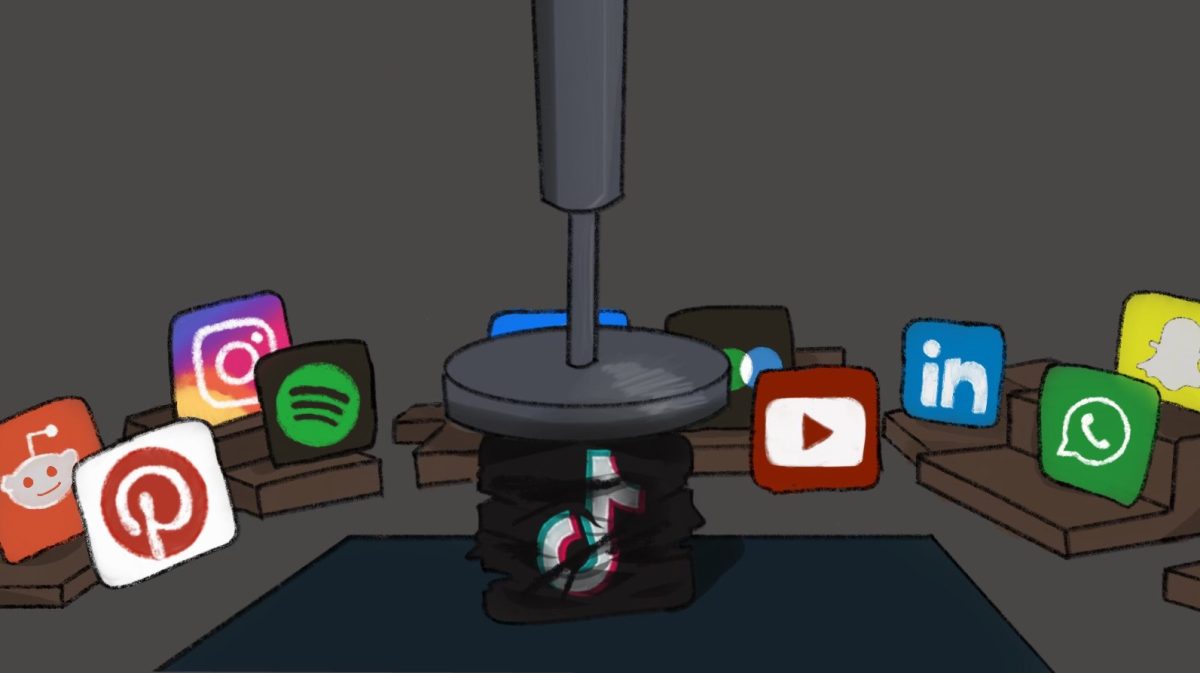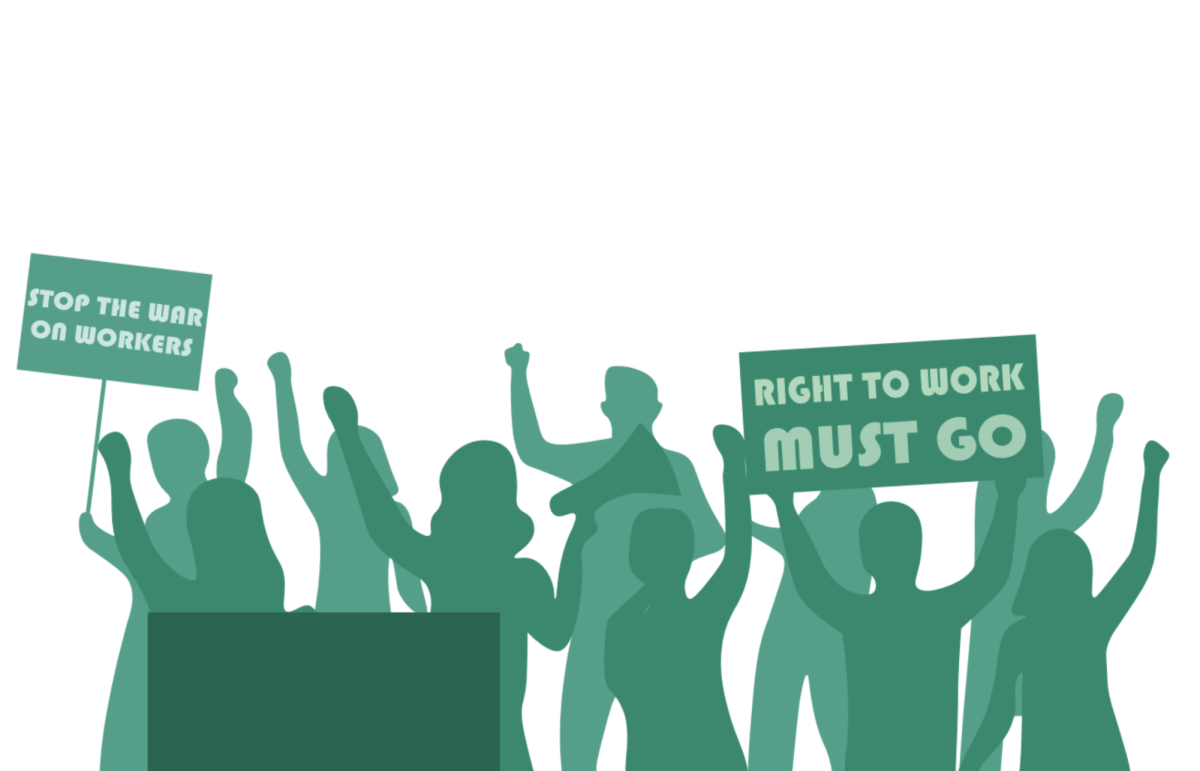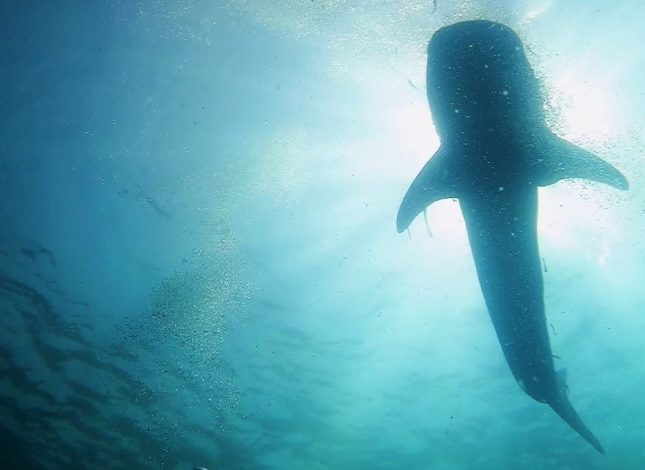This piece is part of The Highlander’s long-running Crossfire series, which appears in its paper newsmagazine. Crossfire articles advocate for 2 opposing sides on hot-topic issues. The counterargument to this piece argues in favor of Virginia’s optional mask policy.
COVID-19 has remained a persistent threat for two years now, and nearly everyone has grown tired of its endless effects on society and everyday life. Many believe that the return to normalcy will be accelerated by ending mask requirements, but as easy as this back-to-reality conversion may seem, it is simply not the solution.
Lifting the mask mandate sounded ideal, but it will be detrimental once cases rise again. COVID-19 infections have become predictable, spiking near holidays and plateauing after. We learned last year that regulation rollbacks only work for a short period of time; once the next wave starts, it’s as though we’re back where we started.
An emerging variant known as BA.2 could threaten to derail pandemic progress yet again. Its transmissibility rate is reported to be higher than the original Omicron strain, BA.1.
Masks helped McLean and other schools overcome the Omicron wave around winter break. If masking had been partial like it is now, cases would surely be higher, especially considering that air circulation in many rooms remained inadequate and social distancing was physically impossible. Those issues continue to be unaddressed.
Even more concerning, McLean rolled back contact tracing when masks became optional. Students are not notified individually if they come in contact with an infected student, and isolation is optional. Seating charts were also phased out.
With spring break on the horizon, cases will inevitably rise. The outlook is grim: without universal masking, proper air circulation, social distancing, contact tracing or seating charts, it’s unclear if we can even remain open once cases spike.
There has been an increase in vaccination, but the rate among young people compared to the overall population remains low. According to the Virginia Department of Health, around 40% of the 5-17 age group in the state are unvaccinated as of March.
At the end of the day, masks are truly the only defense students have against the virus. The CDC found that people wearing surgical masks are 66% less likely to test positive for the virus than maskless people, and there are practically no other mitigation strategies in place to prevent the spread of COVID-19.
The mask-optional policy at McLean is simply not the same as one in a Starbucks or even an office building. Those establishments have a private incentive to maintain mitigation strategies like frequent cleaning, and people have the choice not to remain in their buildings for long. School is mandatory—students don’t have the choice to walk out if they feel unsafe in a classroom.
“When the mask mandate was in place, it made me feel so much more safe than how I do now,” sophomore Ella Farivar said. “Now, I have to keep looking out for who is wearing their mask and who isn’t, which [distracts me from] my schoolwork.”
There is widespread evidence that young people are hospitalized from COVID-19 infections at lower rates than other age groups. This virus is new, however, and it’s still unclear what side effects it induces. Researchers and doctors are now acknowledging “long COVID,” which describes some infected individuals’ COVID-19 symptoms that persist well after recovery. Suggesting that students should stay in an unsafe building with relaxed health guidelines because they face fewer short-term risks fails to take into account the increasingly worrying evidence of long-term side effects.
View this post on Instagram
The most successful strategy to decrease the spread of COVID-19 is to wear masks. A new variant and case spike are on their way, evidence that the pandemic isn’t over yet. To help secure McLean from impending doom, we should at least utilize the most basic and straightforward precaution possible: mandating masks, at least until the end of the school year.
At the end of the day, this mask mandate lift is not sustainable. It was made out of hasty political determination rather than acknowledgement of reality.
“I just want to feel safe at school again,” Farivar said. “My friends and I think the only way this can happen is if everyone starts wearing their masks again, so we can have more [protection against] COVID-19.”


